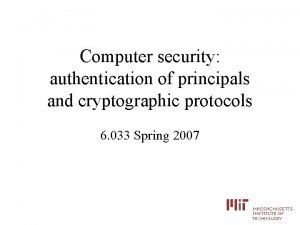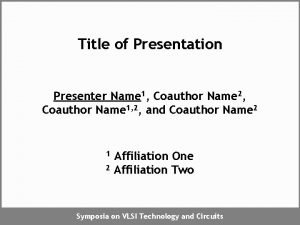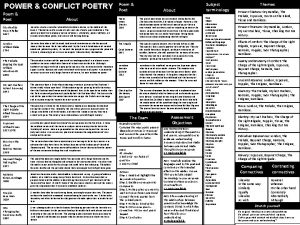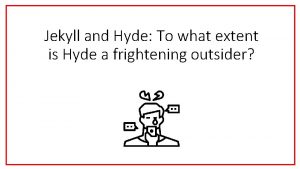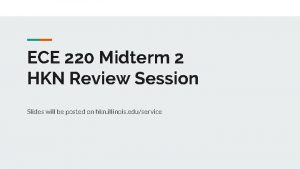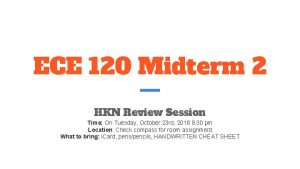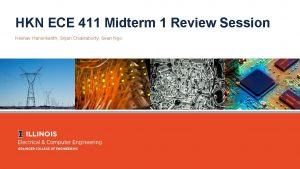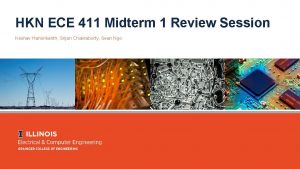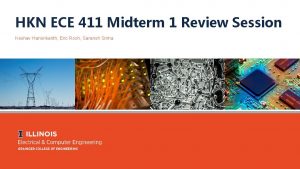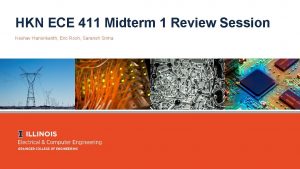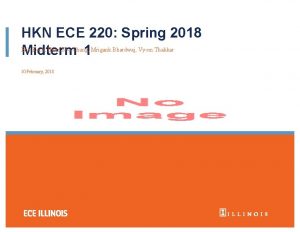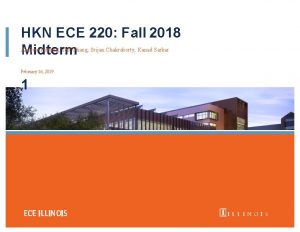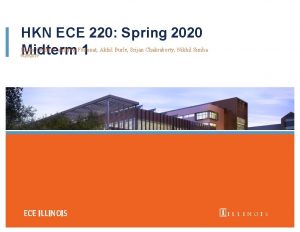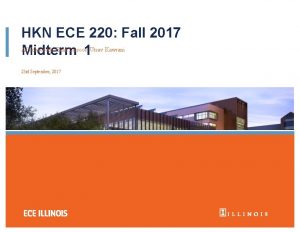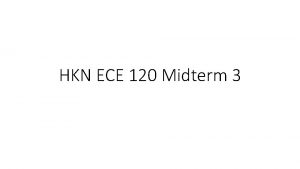ECE 220 Midterm 2 HKN Review Session Presented












![Multi-Dimensional Arrays ● ● Declaration: type array[row][col]= {{. . . }, {. . . Multi-Dimensional Arrays ● ● Declaration: type array[row][col]= {{. . . }, {. . .](https://slidetodoc.com/presentation_image_h2/a3b378eeefa9de5772137ca0baaf08a3/image-13.jpg)
![Pointer-Array Duality char word[10]; char *cptr; cptr = word; Pointer Array cptr word &word[0] Pointer-Array Duality char word[10]; char *cptr; cptr = word; Pointer Array cptr word &word[0]](https://slidetodoc.com/presentation_image_h2/a3b378eeefa9de5772137ca0baaf08a3/image-14.jpg)


























- Slides: 40

ECE 220 Midterm 2 HKN Review Session Presented by: Prannav Gupta, Michelle Zhang, Edric Lin, Panav Munshi Slides will be posted on hkn. illinois. edu/service

HKN: Who are we? ● ● Review sessions for most required ECE and PHYS courses Tutoring available for a variety of classes (including 220!) Lots of other events like Resume Reviews, Tech Electives fair, etc https: //hkn. illinois. edu/service ○ List of previous review session slides ○ Names of tutors you can email

Topics (Lectures 7 -17) Basic C - data types, operators, scope, storage, Recursion & Backtracking functions, I/O Sorting Run-time Stack Structs, Typedef, & Union Pointers & Arrays File I/O C -> LC-3

Basics of C ● ● ● Scope: local vs global Storage class: static vs automatic Pre vs post decrement Conditional and iterative constructs Nested loops

Functions in C ● ● Function prototype Function call Function definition Why use functions? ○ Provides abstraction ○ Reusable ○ Hides low-level details

Run Time Stack ● ● ● R 5 – Frame Pointer ○ It points to the beginning of a region of activation record that stores local variables for the current function. R 6 – Stack Pointer ○ It points to the top most occupied location on the stack. R 7 - Return Address ○ It stores the address Arguments are pushed to the stack RIGHT TO LEFT Local variables are pushed to the stack in the order declared



Callee Setup ADD R 6, #-3 ; Allocate space for linkage STR R 5, R 6, #0 ; Save old value of R 5 ADD R 5, R 6, #-1 ; Set R 5 to new frame base STR R 7, R 5, #2 ; Save return address

Callee Teardown ADD R 6, R 5, #3 ; Have R 6 point to return space (3 below R 5) STR R 0, R 6, #0 ; Push return value into return spot (If R 0 has value) LDR R 5, R 6, #-2 ; Push old stack frame back into R 5 LDR R 7, R 6, #-1 ; Load old return address back into R 7

Pointers ● ● ● Address of a variable in memory, can be used to access of variables ○ Value is an LC 3 address (x 3000, x. CAFE) or NULL Declaration: type *ptr; (type* ptr; ) Dereference Operator: * ○ Returns the data that the pointer points to Address Of Operator: & ○ Returns the address in memory of the object applied on Shorthand Dereference & access operator: -> ○ pointer->member is equivalent to *(pointer). member ○ Good for use with struct pointers

Arrays ● ● ● A list of values stored sequentially in contiguous memory Random access by inde, pointer to several blocks of memory Declaration: type array[size] = {. . . }; (type array[size]; ) int a[#], a is a pointer to the FIRST element arr[x] operator is same as *(arr + x) ○ Basically gets you to starting address of object at x When passed to function, only pointer to first element is passed ○ Arrays cannot be passed by value ○ Can access any element by pointer due to sequential nature
![MultiDimensional Arrays Declaration type arrayrowcol Multi-Dimensional Arrays ● ● Declaration: type array[row][col]= {{. . . }, {. . .](https://slidetodoc.com/presentation_image_h2/a3b378eeefa9de5772137ca0baaf08a3/image-13.jpg)
Multi-Dimensional Arrays ● ● Declaration: type array[row][col]= {{. . . }, {. . . }}; Stored in memory as a 1 D array ○ Row-major order: index = (row * (# of columns)) + column ○ Ex. int array[2][3] = {{a, b, c}, {d, e, f}}; array[0][2] = array[(0 * 3) + 2]; a b c d e f
![PointerArray Duality char word10 char cptr cptr word Pointer Array cptr word word0 Pointer-Array Duality char word[10]; char *cptr; cptr = word; Pointer Array cptr word &word[0]](https://slidetodoc.com/presentation_image_h2/a3b378eeefa9de5772137ca0baaf08a3/image-14.jpg)
Pointer-Array Duality char word[10]; char *cptr; cptr = word; Pointer Array cptr word &word[0] cptr + n word + n &word[n] *cptr *word[0] *(cptr + n) *(word + n) word[n]

Searches ● Linear Search: iterates from the start of the array till the item is found. ● Binary Search: (Requires a sorted array in ascending order) 1. Find the middle and check if it is the item 2. If search item < center item: search the 2 nd half If search item > center item: search the 1 st half 1. Repeat 1 and 2 until item found

Bubblesort: Most basic (and slow) algorithm (Check EVERY element for EVERY spot) Sorting 1) Compare items next to each other and swap if necessary 2) Repeat until entire array is sorted

Insertion Sort 1. Remove item from array, insert it at the proper location in the sorted part by shifting other items. 1. Repeat this process until the end of the array is reached.

Quick Sort A. K. A Divide-and-Conquer 1. Pick a pivot and partition array into 2 subarrays. 1. Continue to sort subarrays using this method.

Recursion and Backtracking ● ● Whenever a function calls itself Builds a runtime stack frame every call Always include a base case Recursive case should make problem smaller

Recursion Example: Running Sum

Recursion Example: Fibonacci Series ● Mathematical Definition Vs. C implementation

Recursion Example: Recursion w/ Lookup Table Image Source: Recursive Fibonnaci Method Explained | by Bennie van der Merwe | Launch School | Medium

Recursion Example: Fibonacci w/ Lookup Table (contd. )

Big-O: Sneak Peak

Big-O: Sneak Peak Nested loop (One outer and one inner loop) Single Loop Binary Search Array Access

int fscanf(FILE* stream, consta char* format, . . . ) success-> returns the number of items read; 0, if pattern doesn’t match File I/O failure-> returns EOF int fgetc(FILE* stream) success-> returns the next character FILE* fopen(char* filename, char* mode) failure-> returns EOF and sets end-of-file indicator //mode: “r”, “w”, “a”, . . . int fputc(int ch, FILE* stream) success-> returns a pointer to FILE failure-> returns NULL success-> write the character to file and returns the character written int fclose(FILE* stream) failure-> returns EOF and sets end-of-file indicator success-> returns 0 char* fgets(char* string, int, num, FILE* stream) failure-> returns EOF success-> returns a pointer to string int fprintf(FILE* stream, const char* format, . . . ) failure-> returns NULL success-> returns the number of characters written failure> returns a negative number int fputs(const char* string, FILE* stream) success-> writes string to file and returns a positive value failure-> returns EOF and sets the end-of-file indicator

Structs: aggregate data type; multiple types of variables Example: struct Student. Struct { char Name[100]; int UIN; float GPA; }; To access a member of a struct, use the “. ” operator: struct Student. Struct my_struct; my_struct. UIN = 123456789; To access a member of a struct pointer, use the “->” operator: struct Student. Struct *my_struct; my_struct->UIN = 123456789;

Typedef //Example 1: //Example 2: typedef struct Student. Struct {. . . } Student; } typedef struct Student. Struct Student; // Both allow you to use ‘Student’ as an alias to ‘struct Student. Struct’

Unions: One member “in use” at a time union Data { int i; float f; char str[20]; } data;

Coding Practice

Write a program to print a string in reverse using a pointer ● Concepts used: arrays, pointers, loops

Write a program to print a string in reverse using a pointer ● Concepts used: arrays, pointers, loops

Write a program to separate odd and even integers in separate arrays ● One possible implementation:

Write a Program to solve n. Queens problem ● Concepts used: arrays, recursion, backtracking

Write a Program to solve n. Queens problem

Merge two arrays and sort the result in ascending order using insertion sort ● Concepts used: arrays, sorting algorithm

Merge two arrays and sort the result in ascending order using insertion sort Code from Geeks. For. Geeks

Find the mean of a given array of integers recursively ● Concepts used: arrays, recursion

Count number of occurrences of a character in a string ● Concepts used: arrays, data types, loops

RTS Example
 Ece329
Ece329 Direct form 2 structure
Direct form 2 structure Ece 120
Ece 120 Ece 313
Ece 313 Ece329
Ece329 Ece391
Ece391 Uiuc ece 329
Uiuc ece 329 Uiuc ece 220
Uiuc ece 220 Pons mnemonic
Pons mnemonic Algebra 1 midterm review
Algebra 1 midterm review Whap midterm review
Whap midterm review Cows
Cows Global 9 midterm review
Global 9 midterm review Trig midterm review
Trig midterm review Chemistry midterm review
Chemistry midterm review Business law midterm
Business law midterm Apes midterm practice test
Apes midterm practice test Ap chemistry midterm exam
Ap chemistry midterm exam Algebra 2 midterm review
Algebra 2 midterm review Spanish 2 midterm review
Spanish 2 midterm review English 10 midterm exam answers
English 10 midterm exam answers World history semester 1 final exam
World history semester 1 final exam Biology midterm review
Biology midterm review Geometry midterm exam
Geometry midterm exam Ece 313 uiuc
Ece 313 uiuc Manisha has secured 79 marks in the college exam
Manisha has secured 79 marks in the college exam![Hkn ]ds; Hkn ]ds;](data:image/svg+xml,%3Csvg%20xmlns=%22http://www.w3.org/2000/svg%22%20viewBox=%220%200%20200%20200%22%3E%3C/svg%3E) Hkn ]ds;
Hkn ]ds; Kapub
Kapub It is a headline presented in two or more lines
It is a headline presented in two or more lines Presenter name
Presenter name Jekyll and hyde setting
Jekyll and hyde setting Theme of romeo and juliet
Theme of romeo and juliet Identify a key term used in both passages.
Identify a key term used in both passages. Rgb presenters
Rgb presenters Ozymandias narrator
Ozymandias narrator Cognitive learning theory by jerome bruner
Cognitive learning theory by jerome bruner Martha stoddard holmes
Martha stoddard holmes Talisman presented
Talisman presented Topic main idea and supporting details examples
Topic main idea and supporting details examples Comparing kamikaze and the prelude
Comparing kamikaze and the prelude Technological design process definition
Technological design process definition
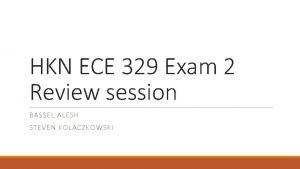
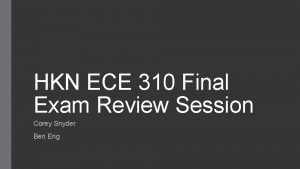

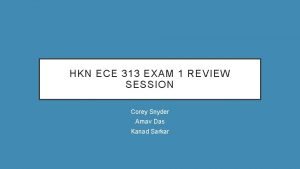


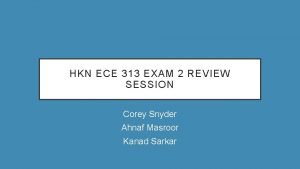
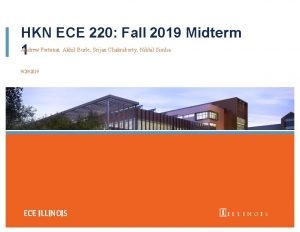

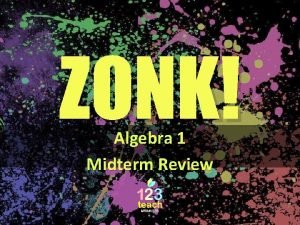

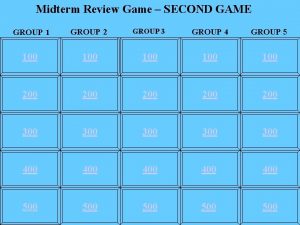
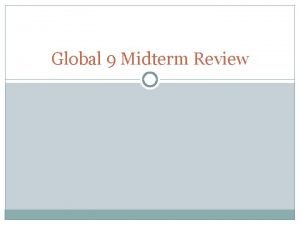
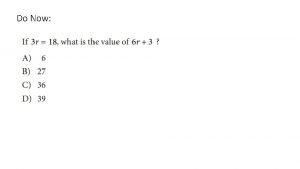
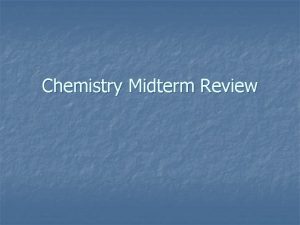
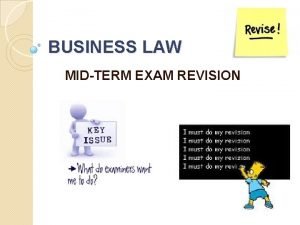



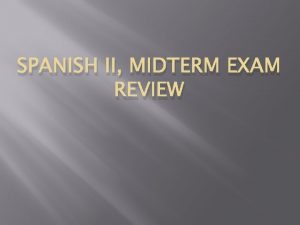


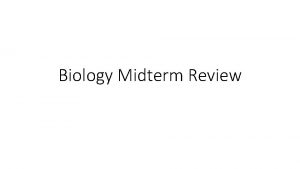

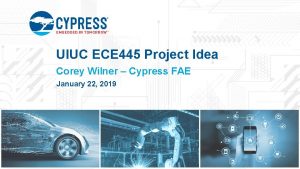

![Hkn ]ds; Hkn ]ds;](https://slidetodoc.com/wp-content/uploads/2020/12/3486362_ccd0d532001754d4165101283a392602-300x208.jpg)
